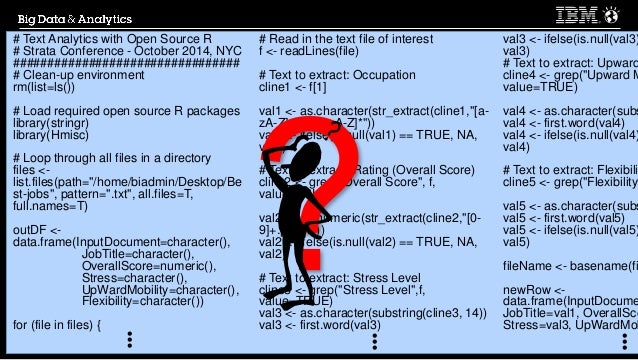
).jpg)
This allows different variables to be deleted when using a loop or any situation where the same section of code is reused.# clear all in r tutorial with list argument> a = 5> b = c(1, 2, 3)> d = c(x=5, y=4, z=10, t=2)> a 5> b 1 2 3> dx y z t5 4 10 2> rm(list = c("a", "b"))> aError: object 'a' not found> bError: object 'b' not found> dx y z t5 4 10 2In both cases, each variable targeted for removal produces an object not found error when called the second time showing that it has indeed been removed.Ĭlear all with rm()In this example, the rm() command prompt is called using the list argument where the argument is equated to the ls() function which returns a vector of the names of the objects in the global environment or browser cache. Because it is a character vector, it can be equated to an externally defined vector giving it greater flexibility.

The second way is to use the list argument. # clear all in r tutorial> a = 5> b = c(1, 2, 3)> d = c(x=5, y=4, z=10, t=2)> a 5> b 1 2 3> dx y z t5 4 10 2> rm(a, b)> aError: object 'a' not found> bError: object 'b' not found> dx y z t5 4 10 2 The most straightforward way is using the objects argument as shown below.

Partial clearing with rm()You can use the rm() function to remove one or more variables. By using the ls() function you automatically produced a vector containing the names of all of the objects in the global environment, creating a clear all in r. The list argument is a character vector containing the names of the objects targeted for removal. These names can be placed in quotes but they do not have to be. The objects argument is a straightforward list of the names of the objects to be deleted- it allows you to delete multiple files from the file explorer or rstudio console. Each form works the same, the second is just quicker to write.

One is remove(objects, list) and the other is rm(objects, list). Two versions of the basic functionThe command prompt function that clears a variable from the global environment comes in two forms. You are watching: How to clear the environment in r You can, however, clear the global environment by running command line code within the r workspace. You can also do a clear console if you click the same shortcut icon above the r console. The rstudio console allows you to manually clear cache variables if you click the little broom icon shortcut above the global environment.


 0 kommentar(er)
0 kommentar(er)
